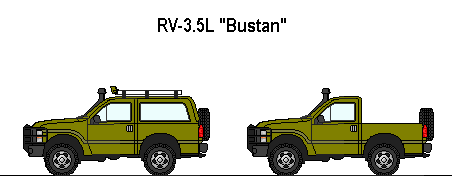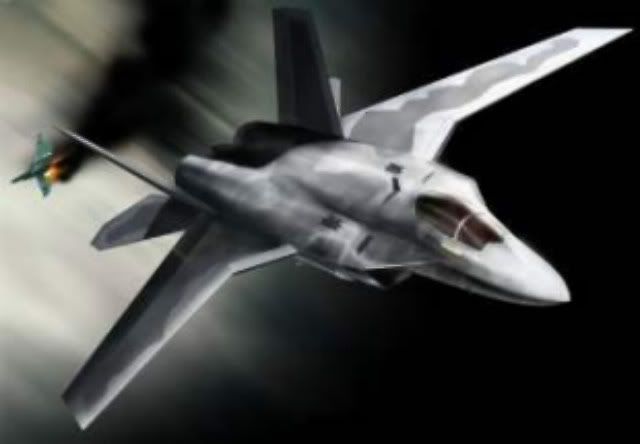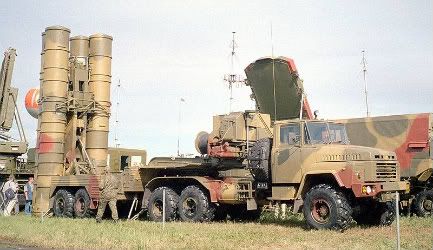
Advertisement

![]() by Platinea » Sun Feb 07, 2010 11:24 am
by Platinea » Sun Feb 07, 2010 11:24 am

![]() by Layarteb » Sun Feb 07, 2010 1:27 pm
by Layarteb » Sun Feb 07, 2010 1:27 pm

![]() by Platinea » Sun Feb 07, 2010 2:20 pm
by Platinea » Sun Feb 07, 2010 2:20 pm

![]() by Lamoni » Sun Feb 07, 2010 9:16 pm
by Lamoni » Sun Feb 07, 2010 9:16 pm
To: Lyran Arms
We appreciate your tenders and your proposed offset package, and will take them into consideration. We understand Lyran Arms has a frigate design, the Hatchet-class; is there any reason it would not make a good fit for RFI #5?
Signed,
Marilena Rosas-Lopez, Jefe de Cabildo, and Alberto Serrano, Minister of Defense
Licana on the M-21A2 MBT: "Well, it is one of the most badass tanks on NS."
Vortiaganica: Lamoni I understand fully, of course. The two (Lamoni & Lyras) are more inseparable than the Clinton family and politics.
Triplebaconation: Lamoni commands a quiet respect that carries its own authority. He is the Mandela of NS.

![]() by Platinea » Sun Feb 07, 2010 11:58 pm
by Platinea » Sun Feb 07, 2010 11:58 pm

![]() by Lamoni » Mon Feb 08, 2010 2:13 am
by Lamoni » Mon Feb 08, 2010 2:13 am
Licana on the M-21A2 MBT: "Well, it is one of the most badass tanks on NS."
Vortiaganica: Lamoni I understand fully, of course. The two (Lamoni & Lyras) are more inseparable than the Clinton family and politics.
Triplebaconation: Lamoni commands a quiet respect that carries its own authority. He is the Mandela of NS.

![]() by Platinea » Mon Feb 08, 2010 9:59 am
by Platinea » Mon Feb 08, 2010 9:59 am

![]() by Lamoni » Mon Feb 08, 2010 4:18 pm
by Lamoni » Mon Feb 08, 2010 4:18 pm
Standardised LY471 Battery package deal
(9 x LY4030 TEL,9 x LY4031 TEL,9 x 4032 TEL, 56 x LY4030 missiles,144 x LY4031 missiles,and 18 x LY4032 “Rampart” missile,in a ready-to-fire state. 1 x Moat, 1 x Bastion, 1 x Keep. 1 x BCCV. 18 x PAMV)
Standardised LY471 Regimental package deal
(3 x LY471 battery, one additional BCCV, 24 additional PAMV)
Standardised LY471 Brigade package deal
(3 x LY471 regiment, two additional BCCV, 10 additional PAMV, 504 additional LY4030 missiles, 1296 additional LY4031 missiles, and 162 additional LY4032 “Rampart” Missiles)
NS$9.3bn
Licana on the M-21A2 MBT: "Well, it is one of the most badass tanks on NS."
Vortiaganica: Lamoni I understand fully, of course. The two (Lamoni & Lyras) are more inseparable than the Clinton family and politics.
Triplebaconation: Lamoni commands a quiet respect that carries its own authority. He is the Mandela of NS.

![]() by Nachmere » Tue Feb 09, 2010 5:23 pm
by Nachmere » Tue Feb 09, 2010 5:23 pm
* New Standard Rifle: The Rosario FI 7.62 assault rifle and FP 7.62 carbine have been in service since 1965; in accordance with PB2009, the Ejército Platano hereby issues a request for information about possible replacement weapons. This would involve, ultimately, a potential contract for 40000 rifles and carbines, along with related systems (e.g. light machine gun, underbarrel grenade launcher, bayonets). Pursuant to Act 30-4-4, any contract signed as a result of this RFI must include offsets of at least 60% of the value of the contract.
* New supply vehicles: The Ejército Platano currently relies on 3000 Unimog trucks and 800 M151 MUTT jeeps, which entered service in the 1960s. In accordance with PB2009, the Ejército Platano hereby issues a request for information about possible replacement vehicles. This would involve, ultimately, the purchase of sufficient replacement vehicles to ensure our supply needs, along with appropriate parts (spares and so forth). Pursuant to Act 30-4-4, any contract signed as a result of this RFI must include offsets of at least 60% of the value of the contract.


![]() by Platinea » Tue Feb 09, 2010 5:34 pm
by Platinea » Tue Feb 09, 2010 5:34 pm

![]() by United States of PA » Tue Feb 09, 2010 8:18 pm
by United States of PA » Tue Feb 09, 2010 8:18 pm

![]() by Platinea » Tue Feb 09, 2010 9:34 pm
by Platinea » Tue Feb 09, 2010 9:34 pm

![]() by Platinea » Thu Feb 11, 2010 12:42 pm
by Platinea » Thu Feb 11, 2010 12:42 pm

![]() by Layarteb » Thu Feb 11, 2010 6:39 pm
by Layarteb » Thu Feb 11, 2010 6:39 pm

![]() by Platinea » Fri Feb 12, 2010 12:50 am
by Platinea » Fri Feb 12, 2010 12:50 am

![]() by Libertarian Governance » Fri Feb 12, 2010 7:14 am
by Libertarian Governance » Fri Feb 12, 2010 7:14 am





![]() by Platinea » Fri Feb 12, 2010 8:25 am
by Platinea » Fri Feb 12, 2010 8:25 am

![]() by Libertarian Governance » Mon Feb 15, 2010 5:15 pm
by Libertarian Governance » Mon Feb 15, 2010 5:15 pm




![]() by United States of PA » Thu Feb 18, 2010 5:50 pm
by United States of PA » Thu Feb 18, 2010 5:50 pm

![]() by Platinea » Fri Feb 19, 2010 10:06 am
by Platinea » Fri Feb 19, 2010 10:06 am

![]() by Platinea » Sat Feb 27, 2010 10:28 am
by Platinea » Sat Feb 27, 2010 10:28 am

![]() by United States of PA » Sun Feb 28, 2010 1:11 am
by United States of PA » Sun Feb 28, 2010 1:11 am

![]() by Platinea » Thu Mar 04, 2010 10:23 am
by Platinea » Thu Mar 04, 2010 10:23 am

![]() by Platinea » Sun Mar 07, 2010 12:25 am
by Platinea » Sun Mar 07, 2010 12:25 am

![]() by East Fancainia » Sun Mar 07, 2010 12:29 am
by East Fancainia » Sun Mar 07, 2010 12:29 am
Advertisement
Return to Global Economics and Trade
Users browsing this forum: Majestic-12 [Bot]
Advertisement